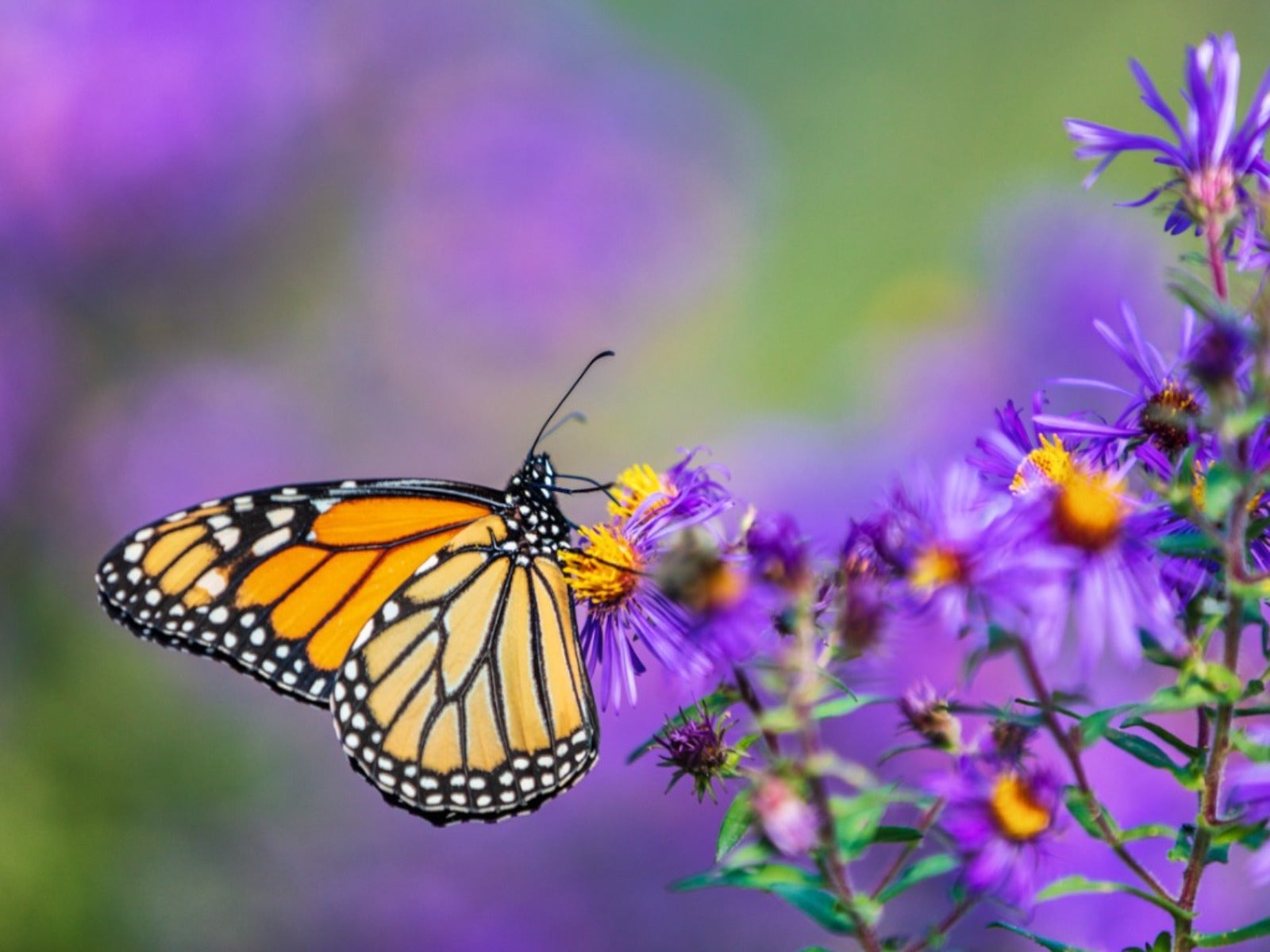Northeast Pollinator Plants Bees And Butterflies Love


We would almost certainly have little food without the aid of our pollinators. Encouraging and protecting these important insects and animals helps uphold our food system. Installing native New England pollinator plants is one way to lure bees and other organisms into our landscapes. Using pollinator plants indigenous to the northeast region provides important food and habitat. Local plants are also adapted to the area and tend to need less maintenance and have natural resistance to pests and disease.
Northeast gardeners can increase the number of pollinating insects and animals by utilizing the wild flora of the region. A pollinator garden should feature a variety of flowering plants that support bees and others. The most common New England pollinators are bees, butterflies, wasps, flies, and beetles. A well planned pollinator garden for Pennsylvania, New Hampshire, and other states of the northeast will be rife with plants and pollinating partners.
Pollinator Garden New England Features
Plants are the primary drivers for pollinators, but they also need water, food, and shelter. While providing them with plants for food is important, they seek refuge among the leaves, in the soil, and in cracks and crevasses. An overly tidy garden often reduces these habitats, but in a pollinator garden, these features are retained. Host plants are important for insects like butterflies, who lay their eggs on the undersides of leaves.
Plants that larvae eat should also be included in the northeast garden. Often larvae feast on different plants from their adult counterparts. Planting a diversity of flora is the easiest way to provide hosts, food, and shelter. Leaving shallow dishes of water will satisfy the insect's thirst without introducing the possibility of drowning. Keep these in areas where you have seen pollinators congregating.
Pollinator Needs Northeast
Pollinator shrubs for the northeast region can increase species diversity among our pollinators. Several important insects have recently been declared endangered or species for special conservation. The frosted elfin is a butterfly whose larvae require yellow wild indigo and wild lupine for forage. They frequent dry, open forests and scrub areas. The rusty patch bumblebee is listed as endangered and needs plenty of blooming plants in an area with nesting sites. The Monarch butterfly requires milkweed, a plant that thrives in open grassland. Violets are important food for the regal fritillary.
Wildflowers of the region will ensure plenty of food for both adult and larval species of these types.
- Mountain mint
- Shaggy Blazing Star
- Pinnate Prairie Coneflower
- Bee Balm
- Blue Wild Indigo
- Zigzag Goldenrod
- Blanket flower
- Stonecrop
Pollinator Shrubs Northeast
Flowering shrubs are important food and attractors for pollinators. They also add much needed dimension to the landscape, producing a pleasing aesthetic. Selecting plants that produce deep throated blooms will encourage pollinators such as butterflies and hummingbirds. Shrubs with smaller flowers are more attractive to the tiny pollinating insects. Flowers that are dull white, purple, or green and send out a musky scent will encourage bats. Abelia is also known as the bee bush due to its long bloom period and plentiful nectar. Fruit trees are popular with a variety of pollinators.
Sign up for the Gardening Know How newsletter today and receive a free copy of our e-book "How to Grow Delicious Tomatoes".
- Highbush Blueberry
- Sweet Pepperbush
- Buttonbush
- Arrow wood
- Ninebark
- Kilmarnock Willow
- Oakleaf Hydrangea
- Summersweet
- Lilac
- Virginia Rose
- Serviceberry
Try to stagger plants with different flowering times, so pollinators have food throughout the year. Use early blooming bulbs such as crocus to provide food in the late winter. Contact your local extension office for lists of wild plants that will assist in attracting these crucial pollinators to your garden.

Bonnie Grant is a professional landscaper with a Certification in Urban Gardening. She has been gardening and writing for 15 years. A former professional chef, she has a passion for edible landscaping.